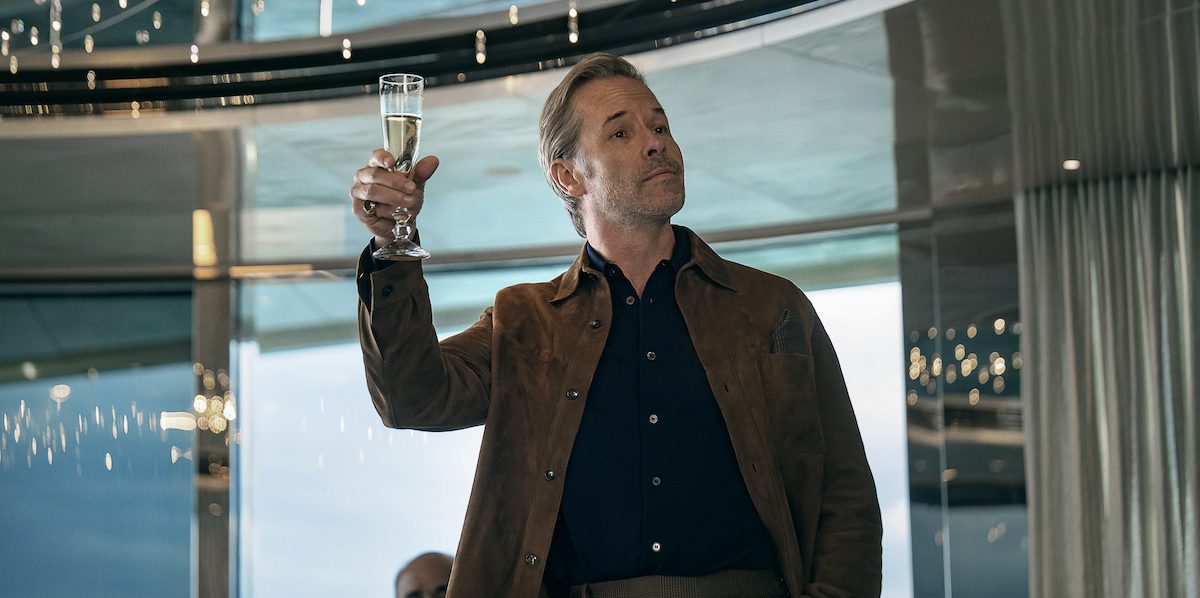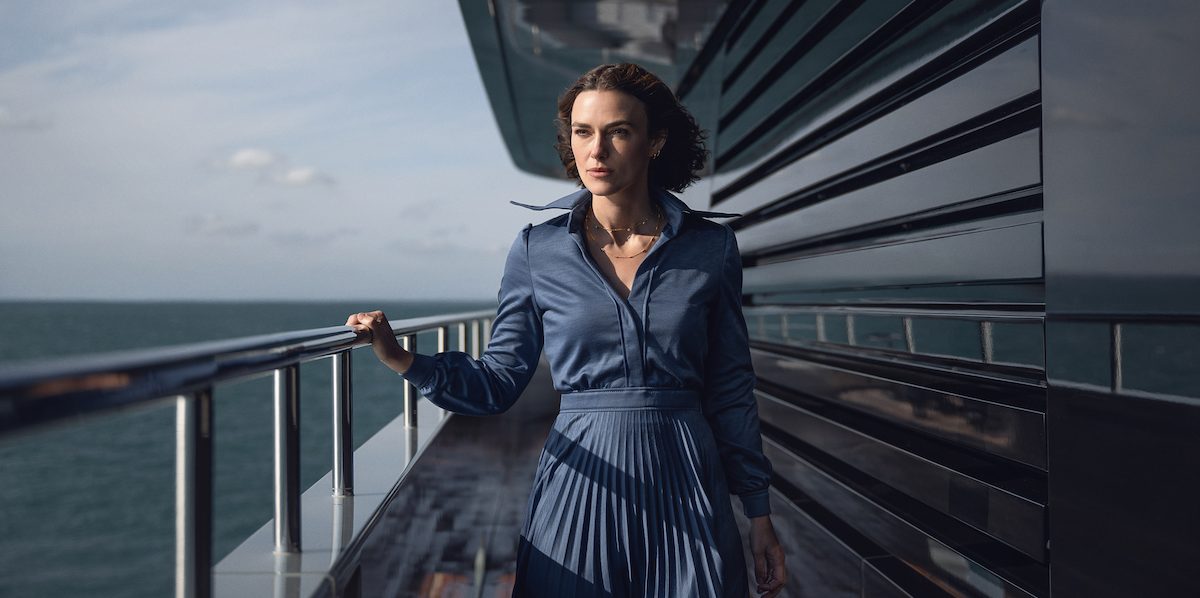Directed by Simon Stone, Netflix’s ‘The Woman in Cabin 10’ is a mystery thriller film that follows the story of a journalist named Laura “Lo” Blacklock, who witnesses a murder with no way to prove it. The protagonist is invited by a billionaire couple to join the maiden voyage of their luxury cruise ship. Her task is to report the story of their generous philanthropy. However, on the first night, she hears some unusual noise and then watches a woman fall into the water from the balcony of the cabin next to hers. When she reports it, no one believes her because that cabin is supposed to be empty, and no one on the boat is missing. As Laura tries to get to the bottom of the truth, the movie spins an enigmatic tale that touches upon some very real issues.
The Woman in Cabin 10’s Fictional Premise Has Roots in Reality
‘The Woman in Cabin 10’ is based on the 2016 novel of the same name by Ruth Ware. The book was adapted for the screen by Simon Stone, Joe Shrapnel, and Anna Waterhouse. All the events and characters in the story have emerged from the author’s mind, but there are strands of reality running through them. The idea for the story came to Ware with the scene of a woman waking up in the middle of the night, hearing a splash, and running to the balcony. This premise meant that the story would be set on a boat, and she leaned into that idea because it sounded like something out of an Agatha Christie novel. Since Ware’s previous work had already been compared to the Queen of Crime’s, she decided to keep her next story in the same tone.

Ware also liked the idea of a closed setting like Christie worked with in ‘Murder on the Orient Express,’ ‘Death on the Nile,’ and ‘And Then There Were None.’ These stories have a luxurious element to them, but at the same time, they have claustrophobia due to their locked-room element, which allowed Ware’s imagination to run wild. Around the same time, she also read about the dangers of cruise ships, particularly the fact that deaths on international waters are much harder to investigate. This led her to ponder upon the most favorable locations to commit a murder, and throwing someone off a boat seemed to be a likely choice. With the setting of the story in clear view, the author turned towards her protagonist to set the tone for the story.
Ware has talked about infusing almost all of her stories and protagonists with her own worries and anxieties, and she did the same with Laura. The author revealed that, as a shy person, one of her fears is getting stuck at a party with unknown people and having no way to leave. She also has a fear of not being believed, which she found to be a more general experience, especially for women. Ware had read the stories of women who came out about the things that had happened to them, but they were not believed. To her, it seemed “that if you were a woman, you were further down the scale in the hierarchy. If you were a young woman, you were even further. And if you are a young, drunk woman, you were right at the bottom in terms of whether people would believe you.” Ware used both these fears to forge an uncertain path for the protagonist.
Ruth Ware’s Fascination With the Rich Informed the Suspects of the Story
While the setting of a boat was fun to think about, Ruth Ware was entirely aware of the fact that not only had she never been on a luxury cruise ship, but she would also never get to be on a boat with a bunch of ultra-rich people to know how they live. So, to get the setting right, she decided to delve into research. She started by getting to know what a cruise ship looks like and how it works. To think about the wealthy subjects of the story, she looked towards the Hebridean Princess, a luxury cruise ship often used by the British Royal Family for vacationing. Studying the ship gave her a lot of context, which she needed to bring Aurora Borealis, the vessel in her novel, to life.

Ware revealed that the reason she chose to set the story with rich people as suspects is that she is fascinated by the lives of “not just the 1%, but the 0.00001%.” What interests her is the idea of what it must be like to “have that much money, but still not be the richest person in the room” and the emotions of jealousy and the “mindset (that) makes people kind of keep pushing for more and more and more.” With a limited number of characters, it was easier for her to focus on each one individually, exploring their backstories, motivations, and the reasons they may or may not have to murder someone. At the end of the day, Ware wanted to write an unputdownable page-turner that would keep the audience under its spell until the very end. With a mix of reality and her fictional characters, she weaves a tale that, despite its fictitious nature, feels hauntingly real.
Read More: The Woman in Cabin 10 Ending Explained: Is Richard Dead?


You must be logged in to post a comment.